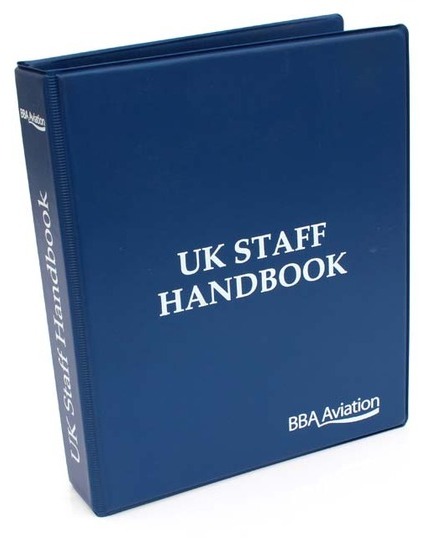The worker is an individual who works for an employer, either under the contract of employment or any other contract where a person undertakes to do any personal work or services. Most agency workers, some freelancers and short term casual works come under this category, who are entitled to core employment rights and protection.
All workers have rights to the National Minimum Wage, to rest breaks, limits on night work and paid holiday, Protection against less favorable treatment and not to be discriminated against unlawfully, working time limits, protection against unauthorized deductions from pay, maternity, paternity and adoption pay but not leaves.
If you are self-employed, you are not bound to any contract. You will pay your own tax and National Insurance contributions. You are your own boss and decide your employment rights yourself. But you do have legal protection from government which provides healthy and safe environment within the client’s premises.
If there is a dispute about your status between you and a person company you work with, an Industrial Tribunal will make the decision on all the circumstances of that certain case. All these rights actually assess the quality of work and the promotions of an individual are based upon it.
Employee Handbook for Rugby Players
There has been a large number of head injuries recently in rugby union which has put a bit of pressure on the RFU to take a deeper look at the protocols that are being used when a player receives a head injury on the field. With head injuries you can’t be too careful so I think it’s right that the RFU take a greater look into it.

Currently the protocols for dealing with head injuries is detailed in the Employee Handbook however this was designed to support the employees well over 10 years ago. Is the existing protocol in the Employee Handbook sufficient to deal with the size and strength of current players and employees?
In 1987, the average height and weight of a forward was 6ft 2” and 15 stone. At the 2011 World Cup (which is now almost 4 years ago), the average height and weight of a forward was 6ft 4” and 17stone. As you can see, the size and weight of players has drastically increased and so has the collisions! There is nothing in any handbook that says a rugby players must be huge, but the reality is that this is a big man’s sport!
So what protocols are they going to change? Firstly, the length of time a player has to go through for his ‘back to play’ test will be extended. This will mean that players will be out for longer so as to go through further testing to make sure they are fit to play.
Secondly, any player with a head injury during the game will have to go through significant tests during the game to be allowed back on to the field. The reality is, anyone with a serious head injury shouldn’t be allowed back onto the field that game. The Employee Handbook will no doubt get more detailed but it’s something that has to be done for the overall integrity of the game and the safety of the employees.
From what I understand these change to the protocols and handbook will be made prior to the world cup.




Very shortly this website will be famous among all blogging and site-building
visitors, due to it’s nice articles